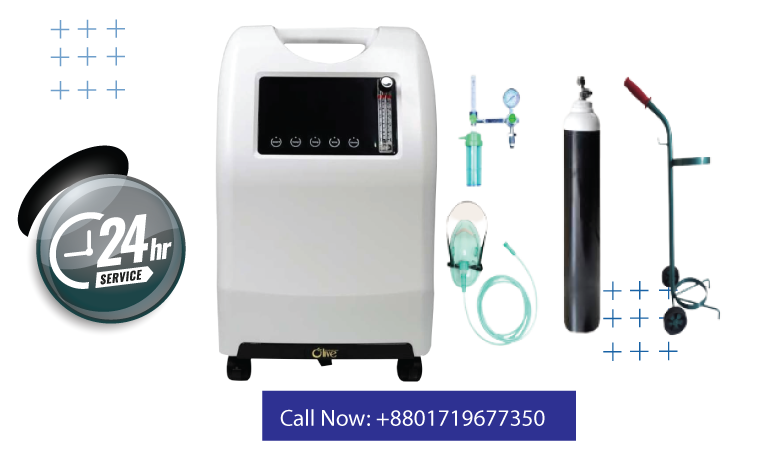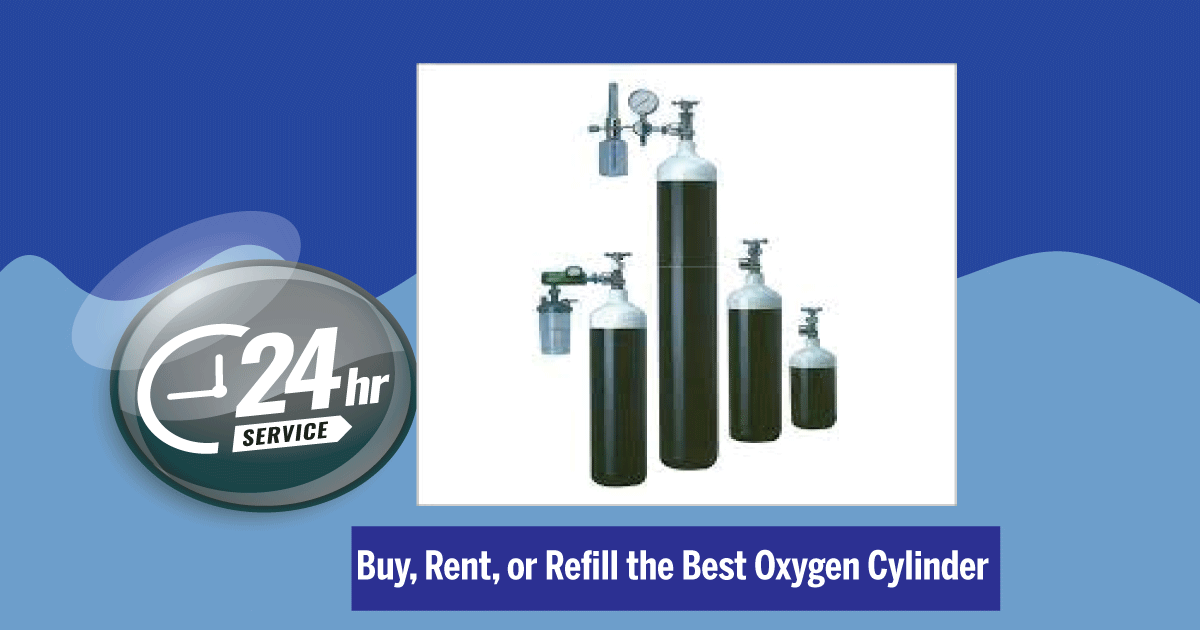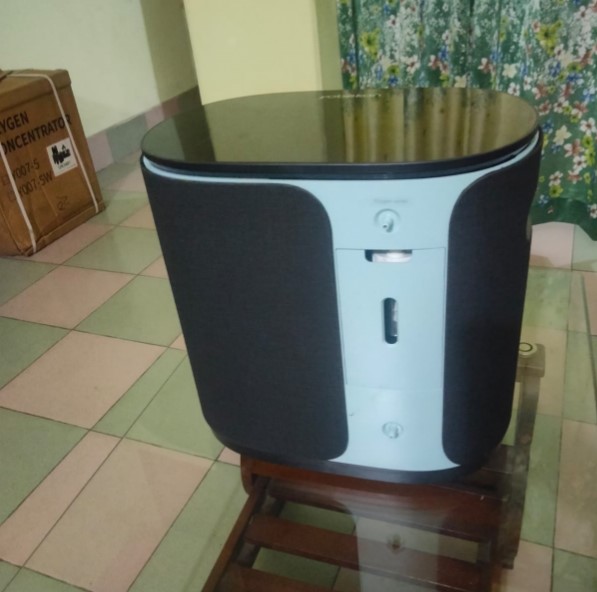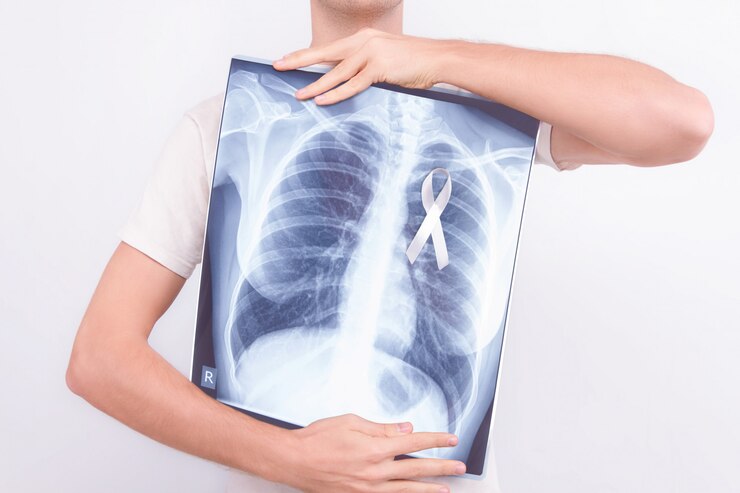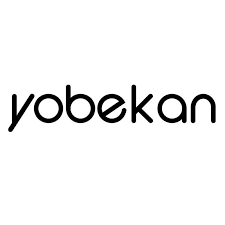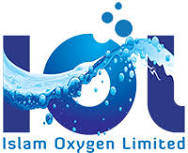Breathing supplemental oxygen cylinders also oxygen concentrators are created to be safe, including life-sustaining movement. But, as with all kinds of devices, you need to learn a few points for the proper method. Oxygen Cylinder and Oxygen Concentrator Uses and Safety Guidelines 2023
You may have one guess analyzing a compact oxygen concentrator before abased oxygen or oxygen cylinder; equipment is also used to provide supplemental oxygen. Though you all are utilizing an oxygen compression system, it does not provide the same risks.
It’s still necessary to consider the following direction when it comes to compact oxygen concentrator safety.
The Need for Oxygen Cylinders At Home and how to use:
As COVID-19 is a respiratory virus, it majorly affects people’s lungs and causes breathing problems, from mild to critical. Older adults also people with medical diseases like diabetes, hypertension, heart disease, moreover cancer are vulnerable and therefore may have severe signs.
With lung diseases becoming the most regular problem throughout the second wave of COVID-19, a large increase in oxygen demands has been noticed worldwide. Patients who could not get a bed were suggested to use oxygen cylinders at home to keep oxygen levels and prevent fatalities.
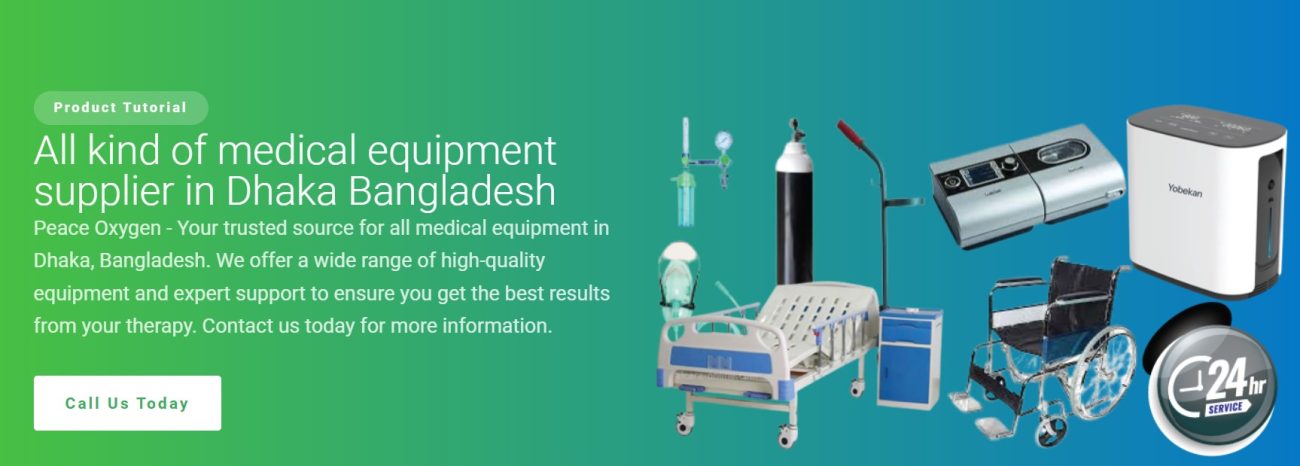
The write-up highlights needing oxygen therapy, the difference within oxygen cylinders and concentrators, and basic tips concerning oxygen cylinders for home treatment.
Talking of the warning signs of low oxygen levels, they include:
- Confusion
- Chest pain that doesn’t go away
- Bluish lips or decoloration of face and tongue
- Joint pain
- Difficulty waking up
- Trouble breathing
For your security, It is vital to agree that oxygen can be dangerous if not used accurately. Oxygen makes people burn more efficiently and can also explode. Following those safety guidelines will assist in reducing potential dangers. See the manufacturer’s website for further information regarding your equipment. Oxygen Cylinder and Oxygen Concentrator Uses and Safety Guidelines 2023.
- Post the Oxygen in Value sign that comes in your oxygen equipment wherever visitors can see it.
- Place your oxygen cylinders continuously from all warmth springs, including radiators, heat conduits, stoves, stoves, matches, and matches.
- Do not allow open flames, flashes, or burning tobacco in the place where oxygen is applied.
- Use only as instructed by a doctor.
- While applying oxygen, do NOT use: – Aerosols before-mentioned as hair spray either paint – Oil-based face lotions or creams on your nose either face – Petroleum-based goods such as Vaseline
- Hold the cylinder you are handling in a stand-about cart.
- Store more cylinders are lying on their parties. Prevent them, so they do not work about. If the machine post implied to break off of a cylinder, it could cause significant harm to anything in its way.
How to Use The Nasal Cannula:
You will get an oxygen kit with two tubing units, a connector, and nasal cannulas. You’ll use a nasal cannula for exhaling the oxygen. The cannula is a small tube with soft spikes that are located in the nostrils. Be certain to place the spikes in your nostrils with the hook facing down.
- Exchange your cannula every 2–4 weeks to circumvent infection. Additionally, change it after you’ve stayed sick.
- Increase your oxygen tubing all 3–6 months. If it’s damaged, switch it right away.
Immediately Let Us Cxercise a Look At Some Basic Steps to Follow How-to-Use Oxygen Cylinders at Home:
- Once you obtain this cylinder, make sure you receive a clear directive on using the oxygen cylinder for every inmate at that house.
- Once you return the oxygen cylinder home, make sure the control is set at zero ere used.
- Check if this T-handle is tight.
- With the help of a strain, turn the cylinder’s valve on.
- After the flap is open, check the gauge to see the pressure.
- Coordinate the flow using the flow control knob to the rate that the doctor has ordered.
- Attach the nasal tube to the control, and it is ready to handle.
Note: Those steps are indicative also may vary. For correct guidelines on applying portable or regular oxygen cylinders, it is enough to seek the help of medical specialists or the person selling the cylinder.
What is an Oxygen Concentrator?
An oxygen concentrator does a medical practice that presents supplemental approximately additional oxygen to a patient including breathing concerns. The device consists of a compressor, mesh bed filter, oxygen tank, pressure valve, and a nasal cannula either oxygen mask. Similar to an oxygen cylinder or tank, one concentrator provides oxygen to a patient via a mask or nasal pipes. Nevertheless, unlike oxygen cylinders, a concentrator doesn’t require refilling and can give oxygen 24 hours a day. A typical oxygen concentrator can satisfy pure oxygen within 5 to 10 liters per minute (LPM).
They Should Use an Oxygen Concentrator, Including When?
According to pulmonologists, simply mild to moderately ill patients, including oxygen congestion levels within 90% to 94%, should handle an oxygen concentrator supporting medical guidance. Sufferers, including oxygen saturation levels while low as 85%, also use oxygen concentrators in difficulties or get hospital charges. Nevertheless, it is suggest that such patients switch to a cylinder including higher oxygen flow and get expose to a hospital as soon as practicable. The device is not desirable for ICU patients.
What are the Various Types of Oxygen Concentrators?
There are two types of oxygen concentrators:
Continuous flow: Here type of concentrator presents the same flow of oxygen each minute except it is not turn off, irrespective of whether the patient is breathing the oxygen each not.
Pulse dose: These concentrators are relatively innovative as they can detect the breathing design of the patient and issue oxygen upon inhalation. The oxygen liberated by pulse dose concentrators alters per minute.
Maintenance:
Hold your liter flow meter annually to ensure the liter flow is that which you prescribed. Minor adjustments may be want.
Twice a week, clean your consumption air filter sponge-like, usually located on the side or back of the concentrator.
Run it following tap water to eliminate all dust/dirt/lint.
Move out excess water.
Dry, including a lint-free towel, instead allow the filter to air-dry. Some towels can clog the filter.
Replace the absorption filter before using it.
DO NOT use the concentrator externally the intake filter.
Oxygen Concentrators vs. Oxygen Cylinders:
Now, people who are discourage and concerned about preserving their loved ones want to produce everything at home, do it oxygen cylinder set up or prepared caregivers’ duties similar to a nurse at home service for the continuous monitoring of the patient. Nevertheless, while there is an anxious run among people to have everything at their command, they must follow the dissent between oxygen concentrators and oxygen cylinders to make the most suitable choice.
An oxygen concentrator filters the air in the ambiance and makes it available for patients whose oxygen levels are under the normal range. To complete, oxygen concentrators are require to be plug within a power reservoir. The oxygen cylinders perform the same task, but they are for instant use and are already pack within the tank. Oxygen cylinders seem in a different capacity, and their quality is gradually decrease continuously including fully used. Once empty, they require to be refill or replaced as by the requirements.


